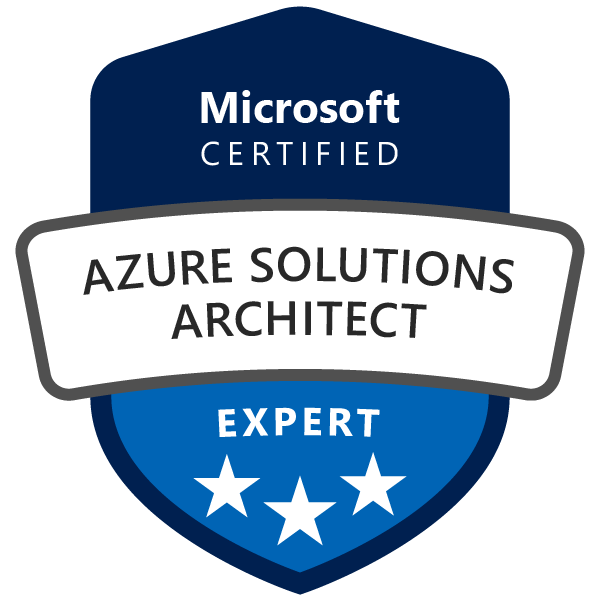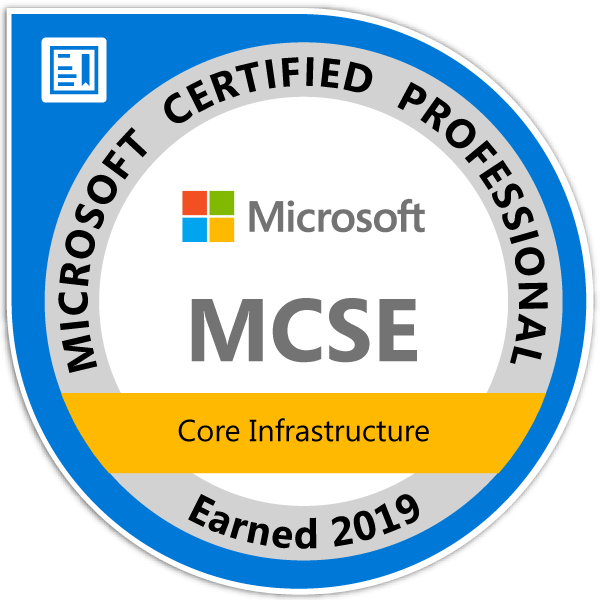Add Public Folder Permission Power Shell Exchange 2007
To add permissions to a public folder you have 2 options:
- Options 1 – Add the permissions per folder
Add-PublicFolderClientPermission -Identity „\xxx\xxx“ -AccessRights Owner -User „name“
- Option 2 Recursively add permissions from a folder and all Child folders
AddUsersToPFRecursive.ps1 -toppublicfolder \ -User „name“ -Permissions Owner
Add-PublicFolderClientPermission
Add-PublicFolderClientPermission -Identity <PublicFolderIdParameter> -AccessRights <MultiValuedProperty> -User <PublicFolderUserIdParameter> [-Confirm [<SwitchParameter>]] [-DomainController <Fqdn>] [-Server <ServerIdParameter>] [-WhatIf [<SwitchParameter>]]
AccessRigthts:
ReadItems The user has the right to read items within the specified public folder.
CreateItems The user has the right to create items within the specified public folder.
EditOwnedItems The user has the right to edit the items that the user owns in the specified public folder.
DeleteOwnedItems The user has the right to delete items that the user owns in the specified public folder.
EditAllItems The user has the right to edit all items in the specified public folder.
DeleteAllItems The user has the right to delete all items in the specified public folder.
CreateSubfolders The user has the right to create subfolders in the specified public folder.
FolderOwner The user is the owner of the specified public folder. The user has the right to view and move the public folder and create subfolders. The user can’t read items, edit items, delete items, or create items.
FolderContact The user is the contact for the specified public folder.
FolderVisible The user can view the specified public folder, but can’t read or edit items within the specified public folder.
In addition to access rights, you can create rights based upon roles, which includes multiple access rights. This parameter accepts the following values for roles:
None FolderVisible
Owner CreateItems, ReadItems, CreateSubfolders, FolderOwner, FolderContact, FolderVisible, EditOwnedItems, EditAllItems, DeleteOwnedItems, DeleteAllItems
PublishingEditor CreateItems, ReadItems, CreateSubfolders, FolderVisible, EditOwnedItems, EditAllItems, DeleteOwnedItems, DeleteAllItems
Editor CreateItems, ReadItems, FolderVisible, EditOwnedItems, EditAllItems, DeleteOwnedItems, DeleteAllItems
PublishingAuthor CreateItems, ReadItems, CreateSubfolders, FolderVisible, EditOwnedItems, DeleteOwnedItems
Author CreateItems, ReadItems, FolderVisible, EditOwnedItems, DeleteOwnedItems
NonEditingAuthor CreateItems, ReadItems, FolderVisible
Reviewer ReadItems, FolderVisible
Contributor CreateItems, FolderVisible
AddUsersToPFRecursive
AddUsersToPFRecursive.ps1
This script adds a user and that user’s permissions to the client permissions list for a public folder and all the folders beneath it in the hierarchy. If the user is already listed in the client permissions list for a folder, the user’s permissions are updated to the new set specified in the script. This script accepts the following parameters:
Help This parameter displays the Help file for the script.
Server (Optional) This parameter specifies the server to operate against. This server must be an Exchange Mailbox server that contains a public folder database. If you don’t use the Server parameter to specify a server, the script defaults to the local server.
TopPublicFolder (Required) This parameter specifies the identity of the folder at the top of the public folder tree.
User (Required) This parameter specifies the identity of the user to whom to add client permissions.
Permissions (Required) This parameter specifies the client permissions to apply to the user.



